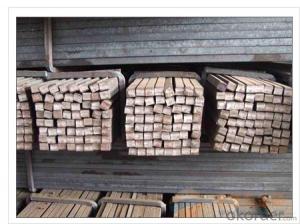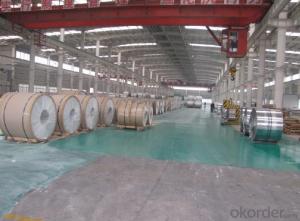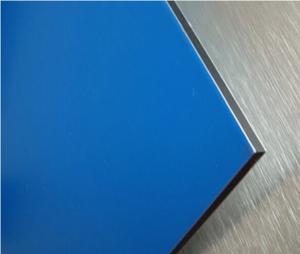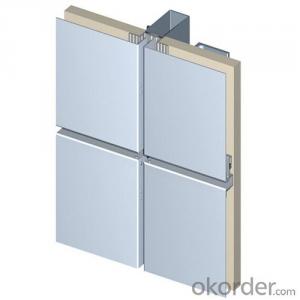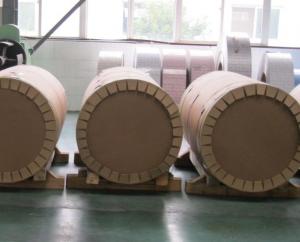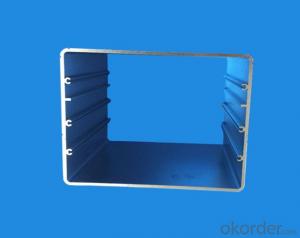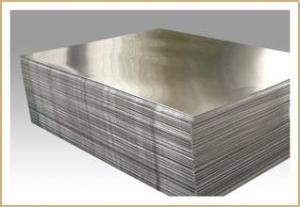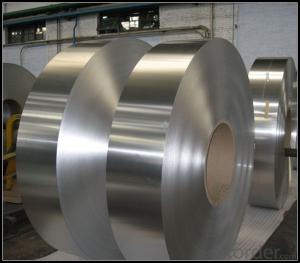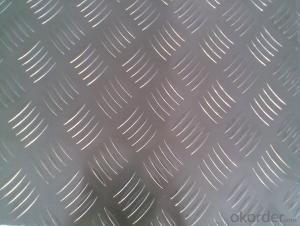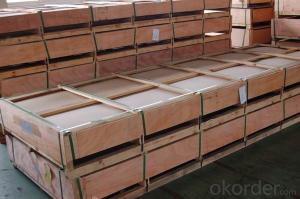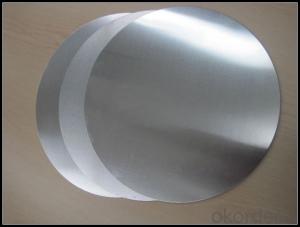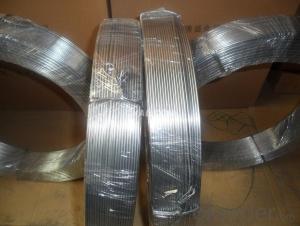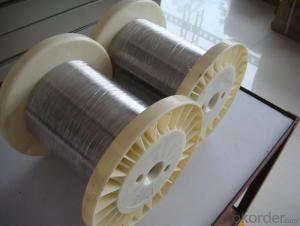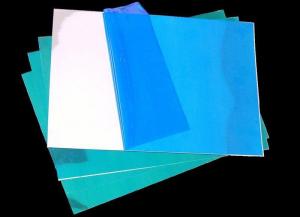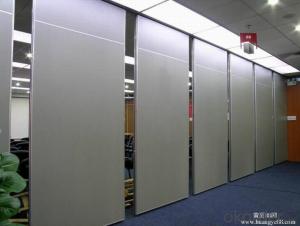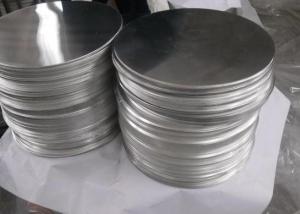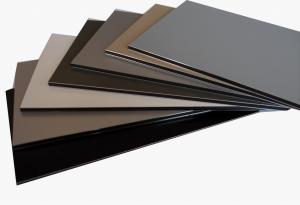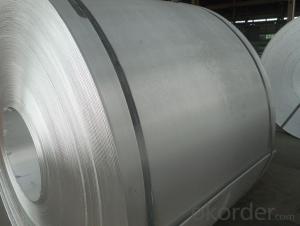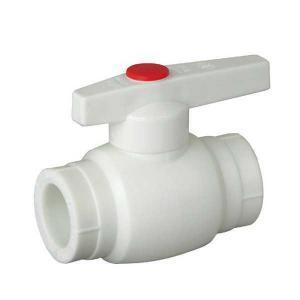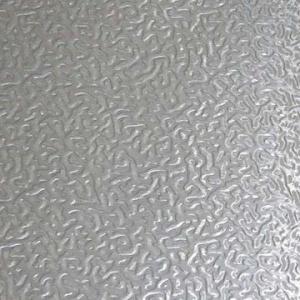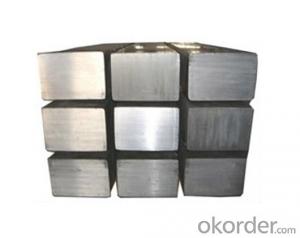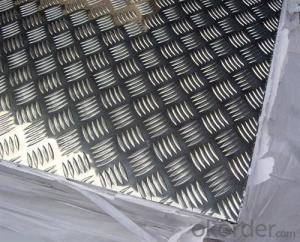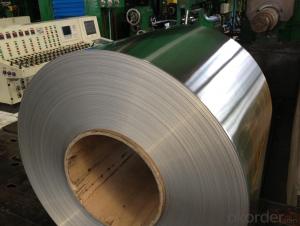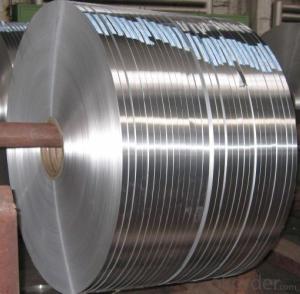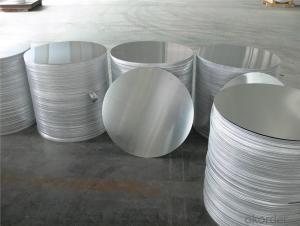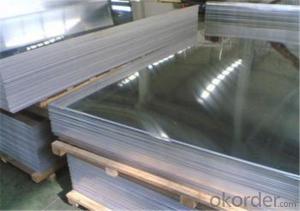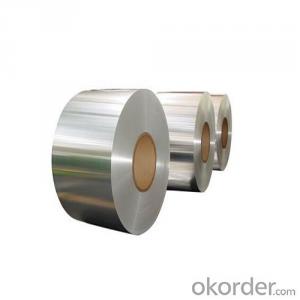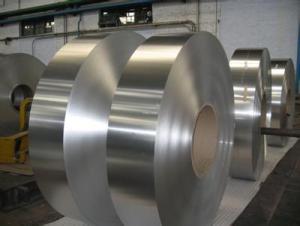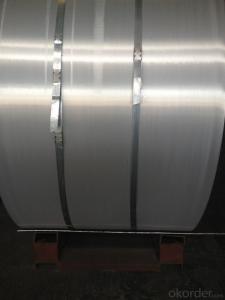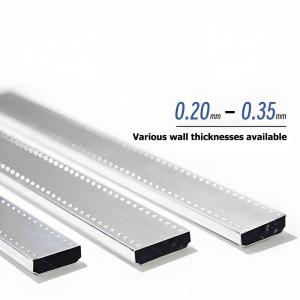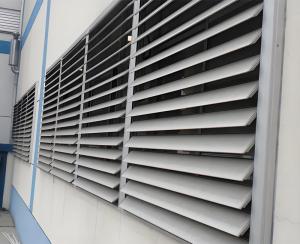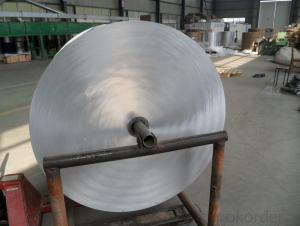3/4 Aluminum Square Stock
3/4 Aluminum Square Stock Related Searches
3/4 Aluminum Bar Stock 3/4 Aluminum Round Stock 3 4 Aluminum Square Stock 1/4 Aluminum Angle Stock 1/4 Aluminum Bar Stock 1/2 X 3/4 Aluminum Bar Stock 1/4 X 1/4 Aluminum Bar Stock 1 1/4 Aluminum Round Stock 3/4 Aluminum Plate 3/4 X 3/8 Aluminum Bar Stock 3 4 Aluminum Bar Stock Aluminum Square Stock 1 4 Aluminum Round Stock 1 Inch Aluminum Square Stock 1 2 X 3 4 Aluminum Bar Stock 2 Aluminum Square Stock 3/4 Inch Aluminum Plate 3/4 Thick Aluminum Plate 1 Inch Square Aluminum Stock Aluminum Solid Square Stock 1 4 X 1 4 Aluminum Bar Stock 1 1 4 Aluminum Round Stock Square Stock Aluminum 1/2 Aluminum Bar Stock 1 4 Aluminum Bar Stock 4 Aluminum Round Stock Square Aluminum Stock 1 4 Inch Aluminum Flat Stock 1 4 Aluminum Flat Stock 1 4 Inch Aluminum Bar Stock3/4 Aluminum Square Stock Supplier & Manufacturer from China
3/4 Aluminum Square Stock is a type of aluminum material that comes in square shapes and is widely used in various industries. This product is known for its durability, lightweight properties, and corrosion resistance, making it an ideal choice for numerous applications. In terms of usage, 3/4 Aluminum Square Stock is commonly utilized in construction, manufacturing, and automotive industries for creating structural components, brackets, and other mechanical parts. Its versatility allows it to be easily cut, machined, and welded, making it a popular choice among professionals and DIY enthusiasts alike.Okorder.com is a reputable wholesale supplier of 3/4 Aluminum Square Stock, offering a large inventory of this product to cater to the demands of various industries. By partnering with Okorder.com, customers can expect to receive high-quality 3/4 Aluminum Square Stock at competitive prices, ensuring that their projects are completed with the best materials available. With a commitment to customer satisfaction, Okorder.com ensures that their 3/4 Aluminum Square Stock meets the highest standards, providing a reliable and efficient solution for any project that requires this type of aluminum material.
Hot Products

